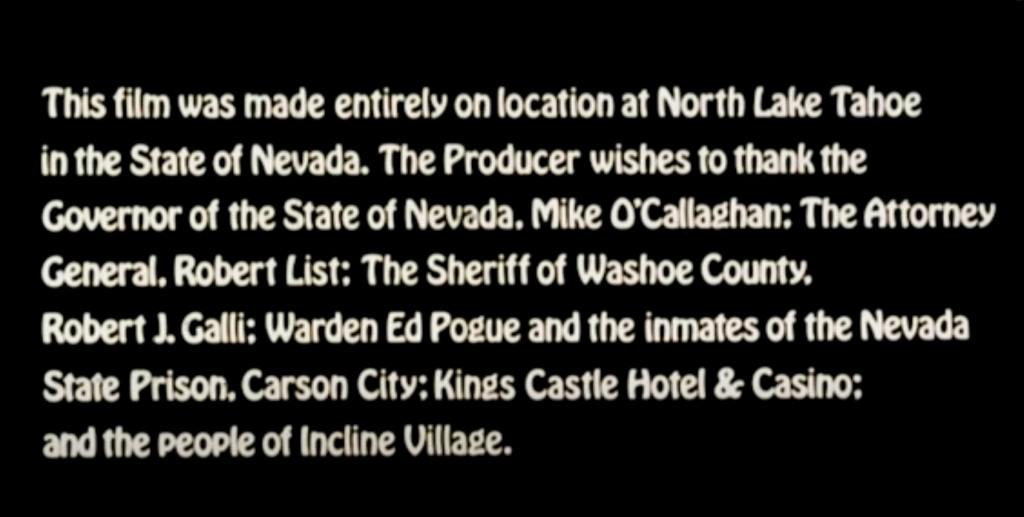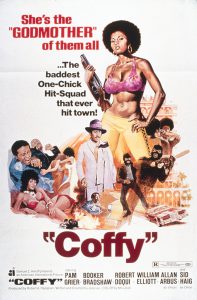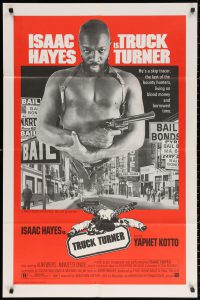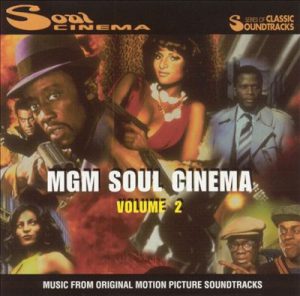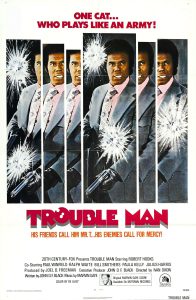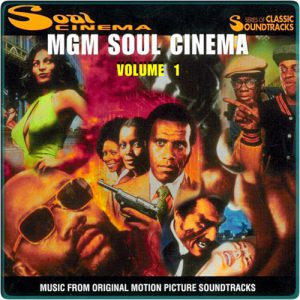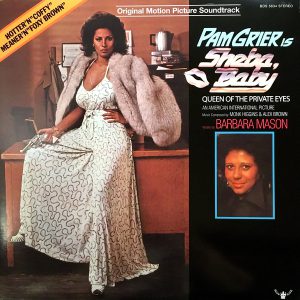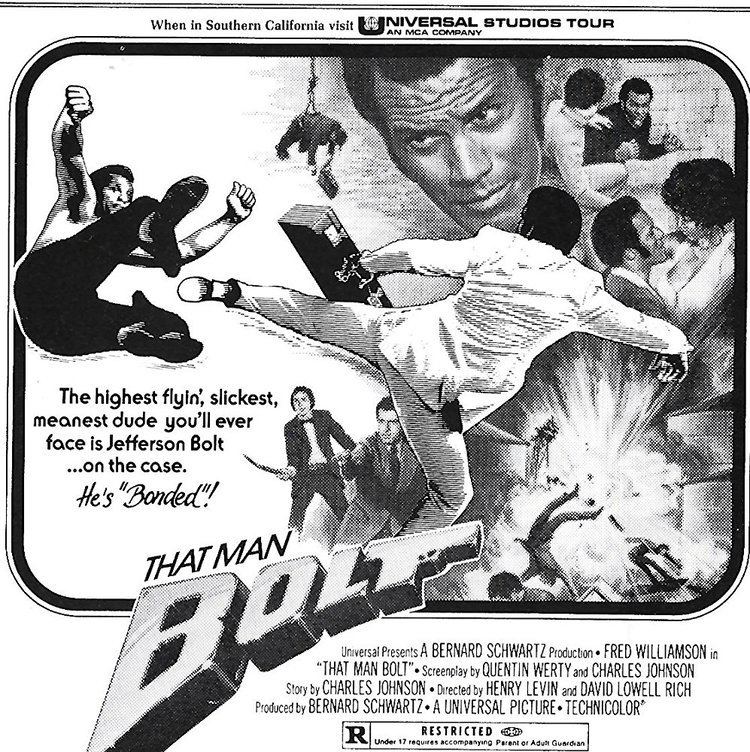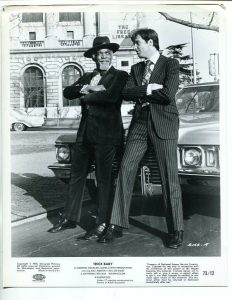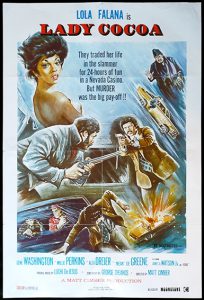 Lady Cocoa (1975) by #MattCimber
Lady Cocoa (1975) by #MattCimber
w/#LolaFalana #MilliePerkins #MeanJoeGreene #JamesAWatsonJr
Released from prison to testify against a mobster, Lady C. must fight to stay alive.
“Lady Coco, Miss Lady Luck, took a gamble and got stuck ’cause “Mean” Joe Greene ain’t playin’ when he goes slayin’.”
Music by #LuchiDeJesus
#Blaxploitation #Crime
#NotQuiteClassicCinema
#FridayNightAtTheHomeDriveIn
Last week, I re-watched one of the most famous and popular female-led Blaxsploitation movies of all time, Coffy (1973). It put me in the mood to check out one of the more obscure entires into the genre; one of the many films that was probably influenced by Coffy and Cleopatra Jones (1973). I have a few in my permanent collection, and it was hard to pick which one to watch. In the end, I chose the one that I could remember the least about – and that was Lady Cocoa (1975).
Lady Cocoa stars Lola Falana as a prisoner who is released (under protective custody) so she can testify against her former boyfriend, who is a Las Vegas gangster. She’s still in love with him, and may not actually be planning to testify, but she’s using the opportunity to spend 24 hours outside of the prison, having a good time. Someone, however, is trying to kill her. Could it be her gangster boyfriend?
Lola Falana is a dancer, singer, model and actress who has appeared on television many times – including 52 episodes of The Tonight Show. She was once considered the Queen, or First Lady, of Las Vegas.
She only made a handful of movies, and Lady Cocoa was the last one until she appeared in Mad About You (1989) – not to be confused with the TV show of the same name.
Falana is great in Lady Cocoa, and it seems like it should have led to more starring roles for her, but perhaps that isn’t what she really wanted. In any case…
It seems fitting that Lady Cocoa takes place in King’s Castle Casino in Lake Tahoe, Nevada. She stays in the hotel, plays blackjack, shops in the hotel clothing boutique and attends dinner and a show. It almost feels like advertising for the hotel/casino – and in some ways, it probably was. The movie starts with a big thank you card that includes King’s Castle.
Lady Cocoa was produced and directed by Matt Cimber, who made over 20 movies in his career, including The Black 6 (1972) and The Candy Tangerine Man (1975). As a successful low budget film producer, one can imagine that he might resort to all kinds of favour trading to get his movie made – and offering publicity to a casino, hotel, and an entire town, doesn’t seem impossible.
Casting the First Lady of Las Vegas in the movie probably didn’t hurt, either.
Lady Cocoa (1975) is not the best of the female-led Blacksploitation films, but thanks to the extremely likeable Lola Falana, it’s pretty fun to watch. One thing that I like about it, is that it feels like a very accurate representation of a time and place. I doubt that the filmmakers did much to decorate the hotel – I suspect it looks pretty much exactly as it did in 1975, and I love that.
The film feels kind of like a play for a while, as almost everything takes place in Cocoa’s hotel room. But gradually it opens up a little and we get to see more and more of the world around it. Eventually we witness a pretty crazy chase scene that may have been an attempt to give Bullitt (1968) and The French Connection (1971) a run for their money. It doesn’t quite, but it’s pretty entertaining.
If you’re looking for top-drawer Blacksploitation action, check out one of the other films I talked about lately… Coffy (1973), Truck Turner (1974), Trouble Man (1972)…
But if you’re in the mood to sit back, relax and enjoy some mid 1970s nostalgia, then Lady Cocoa (1975) could be just the kind of #NotQuiteClassicCinema that you are looking for. It’s perfect for a laid back, later than late #FridayNightAtTheHomeDriveIn.
Lady Cocoa (1975) by #MattCimber
w/#LolaFalana #MilliePerkins #MeanJoeGreene #JamesAWatsonJr
Released from prison to testify against a mobster, Lady C. must fight to stay alive.
Music by #LuchiDeJesus#Blaxploitation #Crime#NotQuiteClassicCinema pic.twitter.com/DJz2sT5zbU
— Angus Kohm (@AngusKohm) February 26, 2022

